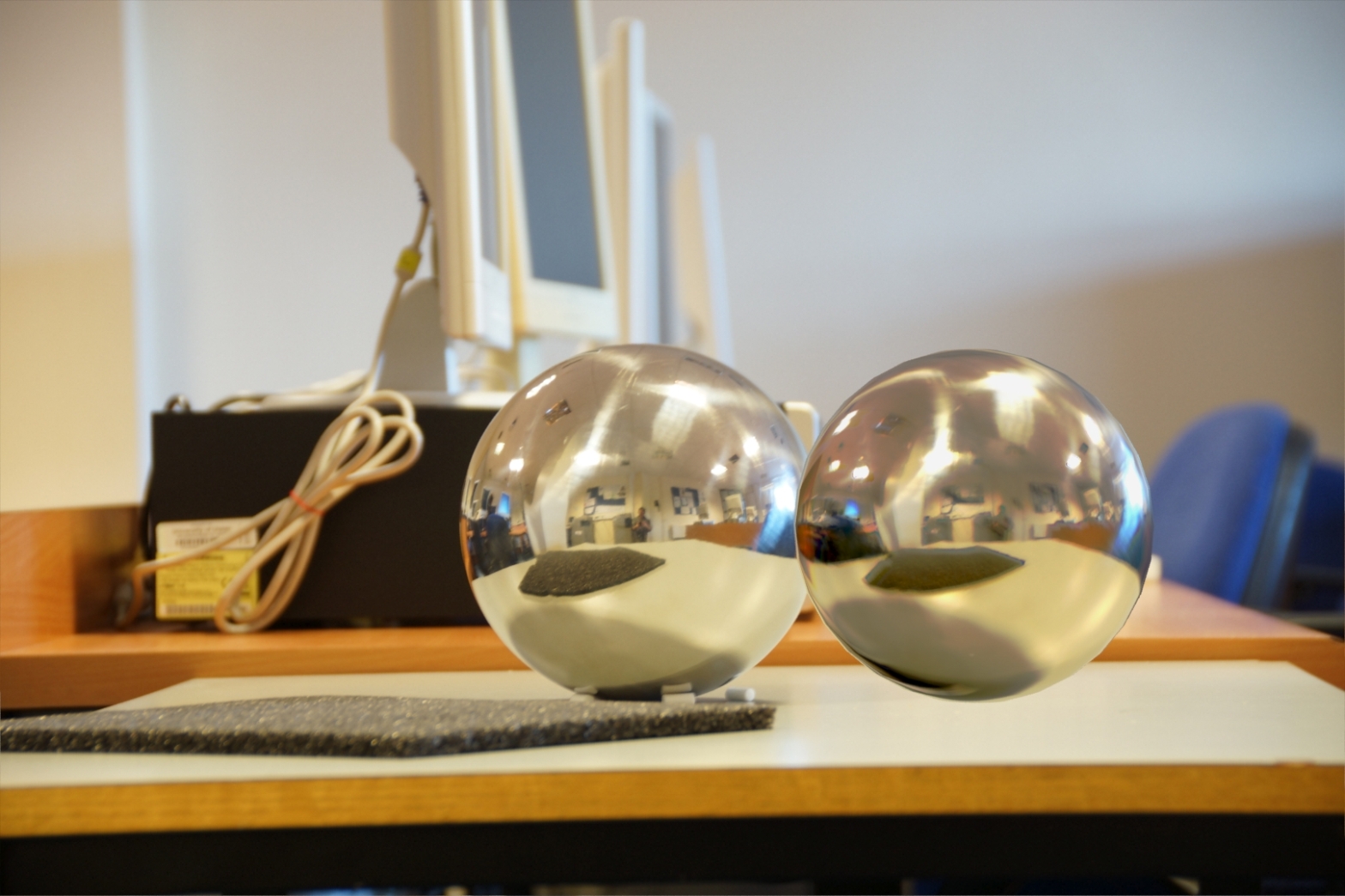Hi Everyone. Thank you for reading my thoughts and tutorials over the years. Although initially created just as a Uni coursework blog way back in 2010 , this site found itself being my go-to place for posting notes on new softwares that I was learning, from 3DS Max, to ZBrush, to Cel-Action, and beyond –…More
Tutorial: Maya – Creating Polygon Models
DIFFERENCE BETWEEN NURBS AND POLYGONS Polygon models are made up of a large number of flat planes with straight line edges – the more polys, the more detail. On a sphere, more polys makes for a smoother sphere. NURBs models are actually comprised of curves and curved line edges – so despite having less ‘detail’…More
Tutorial: Maya – Organising Scenes
Noted from Lynda Video Tutorial THE OUTLINER Either select Window > Outliner or in a multiple viewport view, click Panels > Panel > Outliner to set it as the contents of the viewport. The outliner is a list of every object in the scene. You can click on any object, or hold the Shift key…More
Tutorial: Maya – How to select and manipulate objects.
(Noted from Lynda Tutorial) SELECT, MOVE, ROTATE AND SCALE Selection tool: Q Left Click to select an object. Click empty space or another object to deselect it. Shift + L Click to select multiple items. Will also deselect individual items from a multiple selection You can click and drag a marquee over objects to select…More
Tutorial: Maya Basics and keys.
Interface and screen layout. Maya has a standard menu bar like many other programs. But there are soo many tabs that they cant all be displayed at once. Instead, just underneath is a pull down menu where you can select different menu options for modelling, rigging, animation etc. Next to this dropdown box are a…More
DIGITAL COMPOSITING: Matte Painting Basics
Matte Painting is a broad discipline. It involves creating replacement backdrops for film footage, as a cheap alternative to creating expansive sets, or as a way of improving existing backgrounds. TYPES OF MATTE PAINTING LOCKED OFF SHOT This is the simplest type of matte painting, for a shot that does not move. It may just…More
DIGITAL COMPOSITING: Camera mapping in After Effects
Camera Mapping, as discussed in a previous tutorial is a method for creating a rudimentary 3D scene from a 2D photograph. We already looked at using 3D Studio Max to recreate geometry before projecting our photo onto it, but for simpler photographs there are a few methods that can be done with just After Effects…More
DIGITAL COMPOSITING: Camera Mapping in 3DS Max
Camera mapping is a technique whereby a flat photo is projected onto 3d geometry. This gives us a limited ability to turn the flat photo into a rudimentary 3d scene, allowing for some limited camera movement. This is easiest done on interiors, but can also be applied to landscapes. NB: This is an updated version…More
DIGITAL COMPOSITING: HDR Lighting
HDR Light mapping is a technique used to get accurate lighting results when putting 3d models or characters into a photo or video scene. By taking photos of a chrome ball, you can take the reflection data, do a bit of magic to turn it into lighting data, and apply this to your models,…More
DIGITAL COMPOSITING: 3D Camera tracking with After Effects
After effects cs6 has a 3D Camera Tracker effect. Before CS6, Matchmover was the best program to use.Match Mover still has some advantages over After effects, such as defining your axes orientation and establishing scale, but for simple scenes, After effects is useful as it doesn’t require additional 3rd party software. 3D Tracking 1: Either…More
